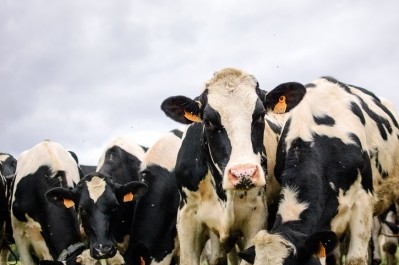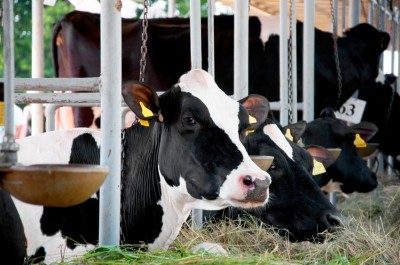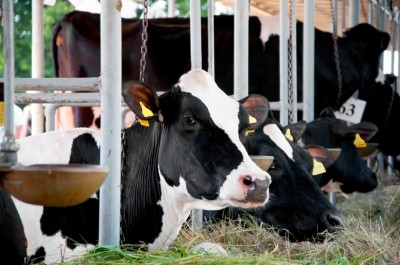Global dairy market unlikely to provide great returns for feed sector in 2015: analyst

Tom Bailey, analyst with Rabobank International, told FeedNavigator that lower milk prices mean farmers have less money to spend on higher quality feed including components such as alfalfa, corn, soybeans or feed additives.
“Many farmers will shift to cheaper alternatives to meet basic nutrient requirements in their herds. This has already started to occur in markets around the world. The US is still waiting for prices to bite and will only follow this trend later in 2015,” he said.
In tandem with the migration to less costly inputs is the fact that dairy managers have hiked up their feed stocks and will, therefore, not need to purchase as much over the next 12 months.
Key events in the global dairy industry in 2014 as seen by Rabobank:
- China’s insatiable demand for dairy drove commodities to record high levels through the year and US milk producers saw some of the highest milk prices in history. These high prices spurred the world’s top seven milk exporting nations to increase milk production by around 5%.
- As this wave of milk spilled onto the global market, China, the world’s largest importer of dairy, eased purchases significantly which drove prices downward.
- This easing of prices was compounded by Russia’s ban on imports. Russia is the world’s second largest importer of dairy products. The ban blocked roughly 50% of Russian dairy imports.
- As a result, there was more than enough milk to go around and commodity prices eased by up to 50% from 2014 peaks.
“The exceptional dairy prices of 2014 meant dairy farmers, globally, had more money to spend. Historically feed price volatility has been a major issue for them and many, thus, looked to use their earnings to increase their self-sufficiency in feed grains.
This will mean a high percentage of dairy farmers, but of course, not all, will be somewhat less reliant on global feed supply in 2015. Some dairy farmers may actually find themselves selling grains in certain cases,” said Bailey.
Dairy herds could shrink further
And fewer cows means fewer heads to feed.
Bailey reckons the lower price of milk and high beef prices are two factors likely to drive dairy farmers to slow the growth of their herds and in some cases even shrink the herd.
“Again, this is already occurring outside of the US in markets such as New Zealand. The US will follow suit later in the year,” added the dairy industry expert.
Rabobank is currently forecasting global dairy prices to remain at low levels through most of 2015 as global producers slowly ease production and inventories of dairy products are worked through.
“Our current forecast is for the big seven dairy exporters to ease production growth to 0.5% in 2015,” said Bailey.
For most of the world, he estimates that the first half of the year will bring about the most abrupt slowing in production before slowly increasing in the second half of the year.
“The US will be the exception as farmgate prices are yet to reach the floor, so farmers will not put the breaks on until the second half of the year,” he added.
The feed industry will also be weighing up the effects of the abolition of the EU milk quota system on production in April.
"EU dairy farmers have the appetite to pay large fines for over quota production rather than reigning in growth as we anticipate," says Rabobank's dairy quarterly, released last month.
The researchers say such additional production would likely find its way into EU intervention stocks, helping to stabilize pricing in the near term but slowing price recovery when it comes, as stocks are unwound.














